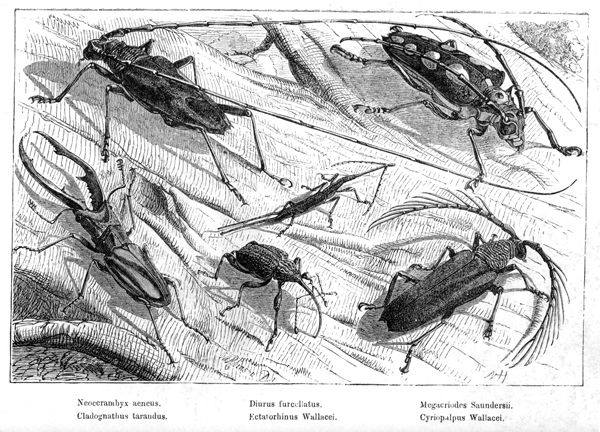WHAT is scientific illustration?
An accurate visual representation of nature is an indispensable tool for scientists. Traditionally, natural history illustrations have helped scientists to classify and identify species. Artists often accompanied early naturalists on expeditions to produce a visual record of the discoveries they made. These detailed drawings were able to capture a true-to-life representation of the subject where a dried specimen could not.
Today, scientific understanding is enhanced by advanced photographic tools and imaging technology that allow a detailed view of the subject without damaging the specimen. Even so, traditional methods continue to hold their own among modern scientific illustrators, and they are often combined with digital techniques that allow illustrators to create diagrams, add illustrated overlays of nerves and organs, and even to animate features and processes.
Hand drawing skills are still an essential foundation for any illustration work. Although photography can record a specimen in detail, it has several limitations that create demand for scientific illustration. In her article “5 reasons your camera won’t steal my job”, Kalliopi Monoyios explains some of the instances in which illustration in this field is better suited than photography alone. For example, illustrators can create cutaway illustrations that show the internal anatomy of the subject, reconstruct extinct life forms, and clearly depict something too small or large for any camera. An illustrator is able to emphasise important details and remove superfluous ones, drawing attention to the key features of a species that differentiate it from another. She explains that scientific illustrators “act as editors, pruning extraneous visual information”.
What is it used for?
A scientific illustration aims to communicate complex descriptive information and is often used to supplement written accounts for scientific publication. Illustrations may depict a specimen, map, life cycle, or other scientific data and have a wide variety of applications in the media, museum exhibits, textbooks, nature reserves, and more.
'5 Reasons Your Camera Won't Steal My Job' by Kalliopi Monoyios
'Why Science Illustration Still Needs a Human Touch' by Noémie Jennifer
'What is Science Illustration?' ©GNSI 1989, 2003
'Careers and Education in Science Illustration' ©GNSI


